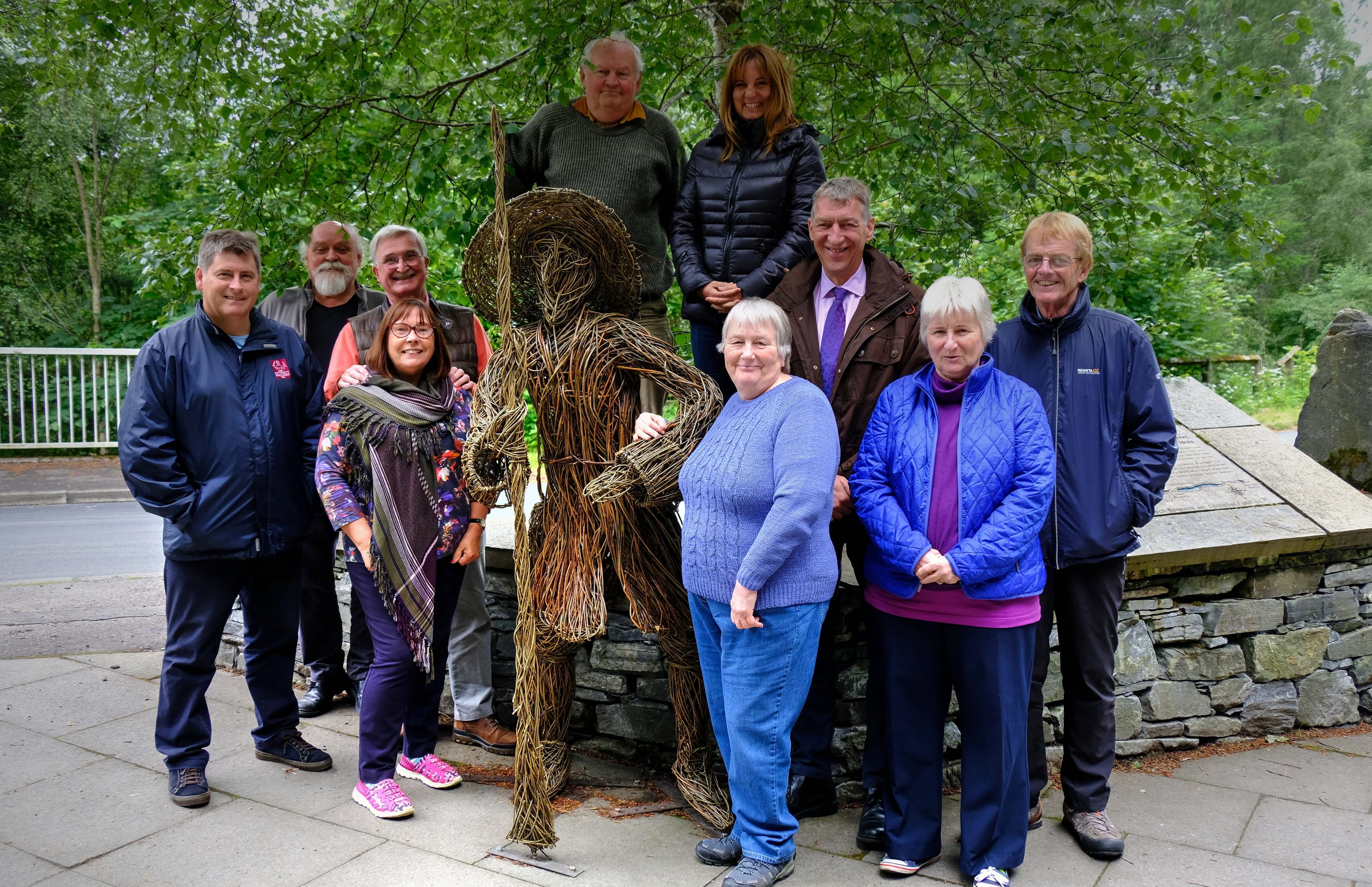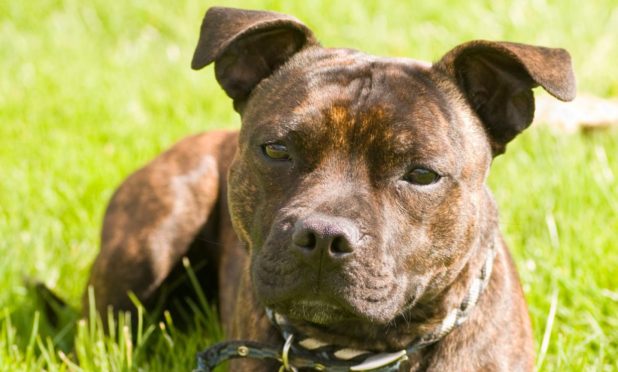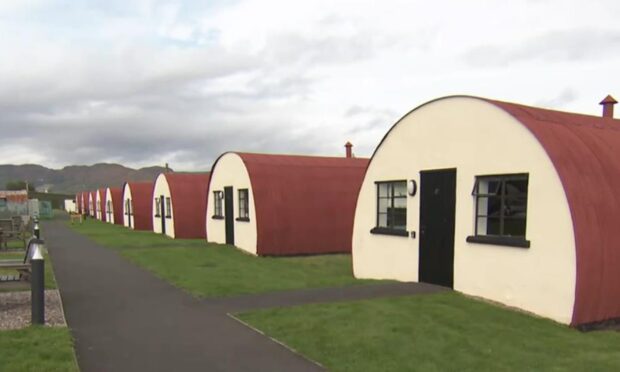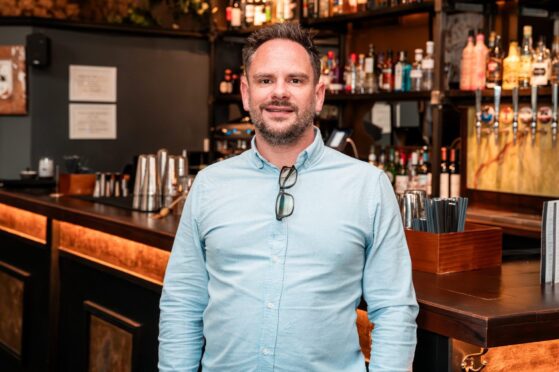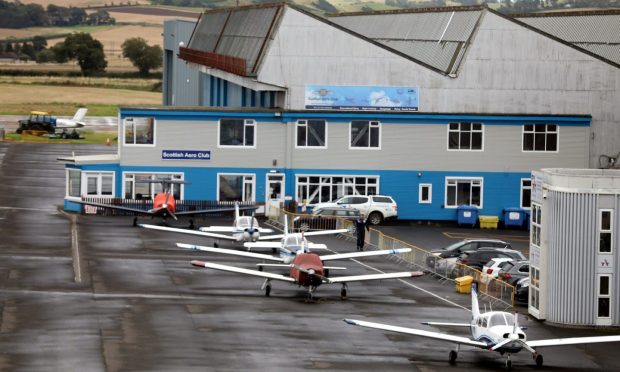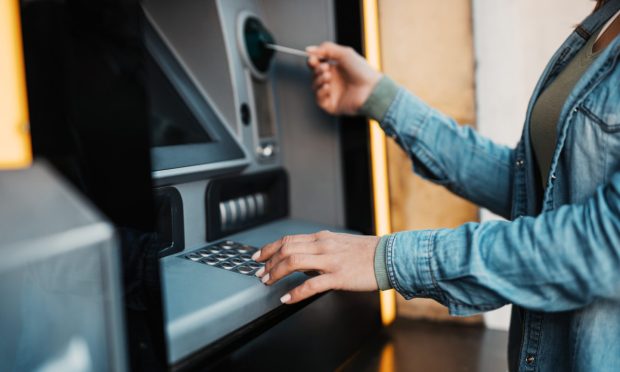A wicker figure of a Scottish government soldier has been created as a reminder of Perthshire’s place at the heart of a bloody battle.
The figure commemorates the fact that the first shots of the Battle of Killiecrankie in 1689 were fired in the Pass of Killiecrankie.
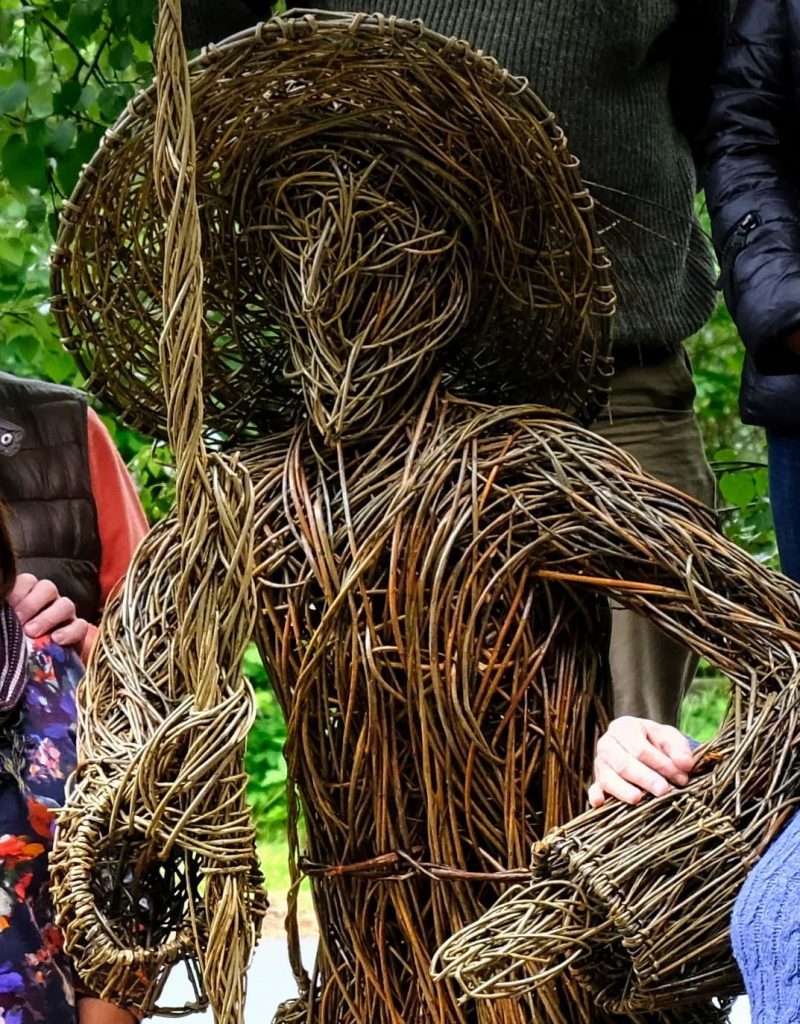
At the end of this month the annual Soldiers of Killiecrankie event, Scotland’s largest 17th Century reenactment, will take place there.
The wicker soldier, created by Georgia Crook and located in the Garry Bridge car park, was installed by Perth and Kinross Council Community Green Space in support of the annual Soldiers Of Killiecrankie event.
Councillor Mike Williamson said: “Before the creation of the Soldiers of Killiecranke event, many people knew of the Battle of Killiecrankie but had never visited the actual battle site nor understood the significance of the history on their doorstep.
“The Soldiers of Killiecrankie event is now going in to its fourth year and much to my delight is attracting event re-enactors, events and activities to it. I would highly recommend anyone who has not been yet to come along to this year’s event — you will not be disappointed.”
The Battle of Killiecrankie was between the supporters of Catholic Stuart King James VII of Scotland, II of England and Ireland, and the Protestant King who was Dutch Prince of Orange King William and his spouse Queen Mary.
The 1689 Scottish Parliament unanimously supported William and Mary and the United Kingdom Parliament was not created until 1707 and the Jacobite wars were civil wars.
“Many people incorrectly think that the Jacobite wars were the Scots versus the English – interestingly there was only one English Regiment fighting with the government side at the Battle of Killiecrankie, the rest were Scottish and Dutch regiments,” said a spokesman for the event.
The Soldiers of Killiecrankie event starts on the evening of Friday July 28 with a street skirmish along Pitlochry’s main street. On Saturday July 29 and Sunday July 30 from 11am to 5pm each day there are battle reenactments at Killiecrankie.
